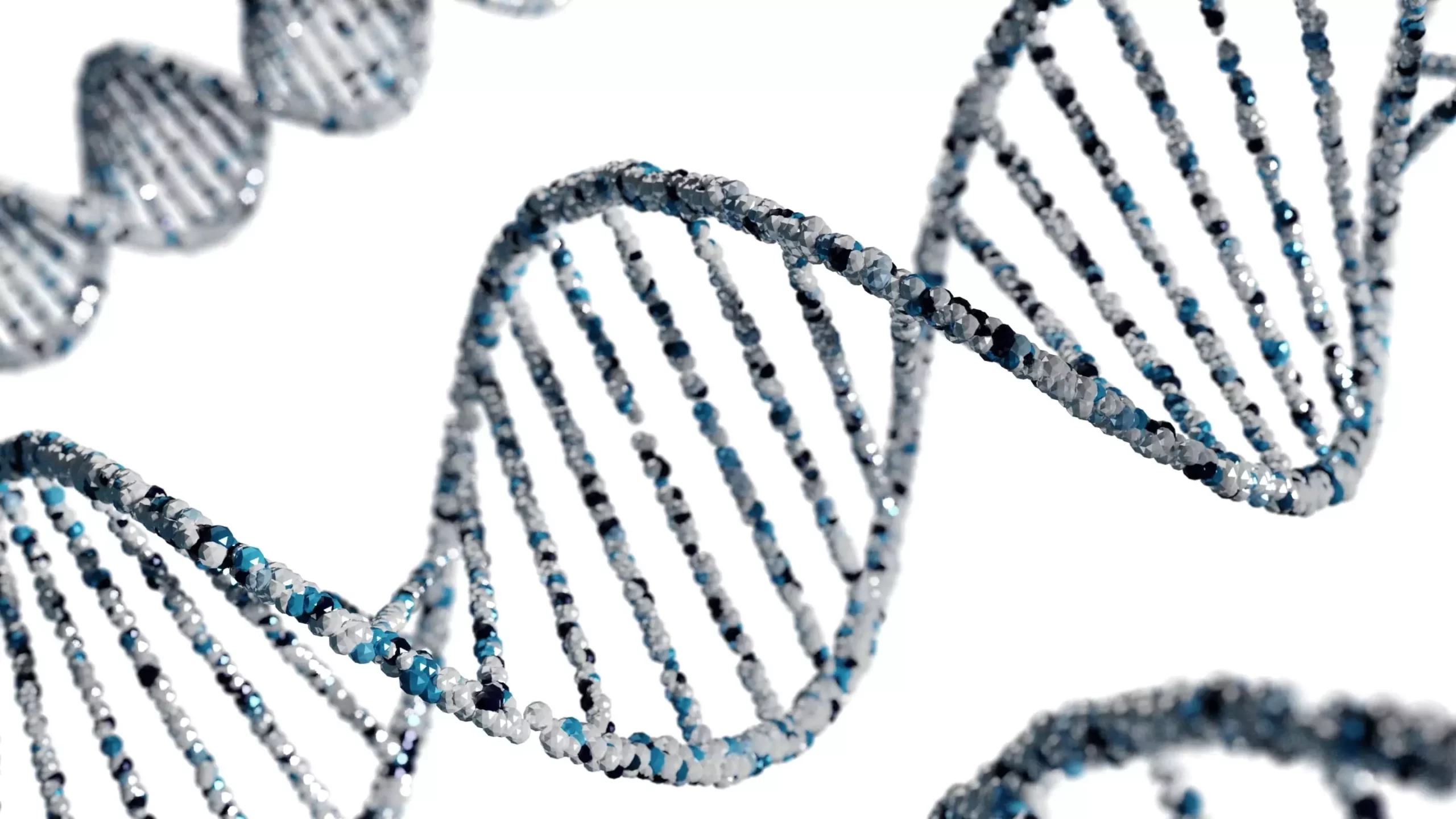In the contemporary realm of medical treatments, the allure of cutting-edge therapies such as personalized cancer treatment utilizing engineered immune cells or monoclonal antibodies captures widespread attention. While these advanced methodologies hold promise, their complexity and high costs limit their accessibility and application. Consequently, the majority of standard medical therapies continue to rely on small, synthetically-produced chemical compounds that are both cost-effective and easily scalable. The critical challenge, however, lies in the stagnant innovation surrounding new molecular therapies, primarily due to the constraints imposed by current discovery techniques.
It was around the early 2000s that a novel approach emerged to tackle these challenges: DNA-encoded chemical libraries (DEL). Developed through collaborative efforts at institutions such as Harvard University and ETH Zurich, DEL technology offered a groundbreaking methodology for generating vast libraries of chemical compounds. As a result, researchers found the ability to synthesize and assess millions of compounds in a single experiment. Yet, early iterations of DEL technology encountered limitations. Researchers could essentially construct only a handful of small molecules utilizing a limited repertoire of chemical building blocks.
Recent advancements coming from the team at ETH Zurich have renewed hope in DEL technology. Their innovative method, published in the journal Science, allows for the synthesis and evaluation of billions of unique substances in mere weeks. By capitalizing on this scalable methodology, chemists can now explore larger drug molecules, including ring-shaped peptides capable of targeting a broader range of pharmacological sites. The team, led by Jörg Scheuermann, plays a pivotal role in this transformative development, which positions DEL technology as a cornerstone for advancing combinatorial chemistry — a technique aimed at maximizing the diversity of molecular structures.
At the heart of the ETH Zurich team’s success is a two-pronged strategy designed to enhance the fidelity and efficiency of DEL synthesis. The first approach involves coupling the synthesis process to magnetic particles, which streamline purification and handling operations. This automation drastically simplifies the typically labor-intensive purification stages, allowing researchers to conduct washing cycles effectively.
The second component of the new method introduces a specialized chemical coupling mechanism, enabling binding exclusively to the final building block of each molecule. This allows the removal of incomplete or truncated molecular variants in a single, efficient washing step. As a consequence, researchers can ensure that the synthesized library contains only those compounds correctly reflecting the associated DNA codes.
Despite the elegance of the theoretical framework, the practical implementation was fraught with challenges. According to Scheuermann, a significant hurdle lay in the identification of magnetic particles that would not disrupt the enzyme-mediated coupling of DNA fragments. The diligent efforts of graduate students Michelle Keller and Dimitar Petrov were instrumental in refining the method to ensure its reliability and precision.
The implications of this advance in DEL technology extend well beyond mere efficiency gains. With the ability to interrogate much larger compound libraries comprising billions of unique molecules, researchers can now target larger and more complex drug entities. This versatility empowers scientists to search for active substances that can interact not only with the active sites of therapeutic proteins but also with various other surfaces on their structures. Such capability opens the door to novel therapeutic strategies and drug designs.
Moreover, the ETH Zurich method strengthens the landscape of fundamental biological research, providing tools for the direct examination of proteins in their cellular contexts through the binding of designed molecules to specific protein surfaces. This enriches the ongoing discussion around important research initiatives, like Target 2035, which aims to identify a unique molecule for each of the approximately 20,000 human proteins.
Recognizing the significance of their innovation, Scheuermann and his team are on the verge of launching a spin-off company. This venture aims to bridge the gap between academic research and pharmaceutical industry needs by offering comprehensive DEL synthesis services spanning from molecule development and automated synthesis to efficacy testing and precise DNA-based identification.
“We’re seeing tremendous interest from both industry stakeholders and academic researchers, particularly concerning cyclic compounds,” Scheuermann notes. His optimism signals not only a bright future for DEL technology but also an impending renaissance in drug discovery as researchers and pharmaceutical companies alike harness these advancements to pioneer the next generation of medical treatments.
With the introduction of self-purifying DNA-encoded chemical libraries, the landscape of drug discovery stands on the brink of a transformative leap forward. As researchers continue to explore the vast combinatorial potential of DEL technology, the pharmaceutical industry may soon possess the critical ability to deploy new therapies more effectively against diverse diseases, paving the way for a healthier future.


Leave a Reply